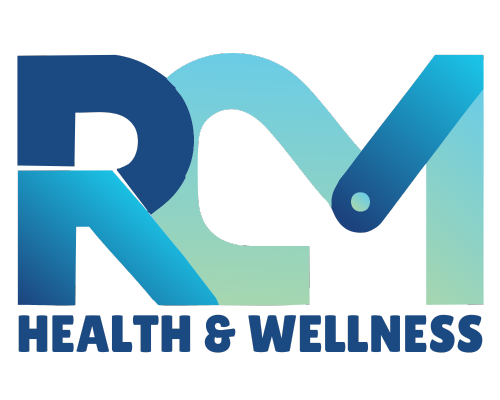Cortisol Part 4: How to Lower Cortisol Naturally—and Actually Feel it Working
If you’ve made it this far in our cortisol series, you know that this stress hormone plays a major role in your energy, weight, mood, sleep, and long-term health. Now, it’s time for the good stuff—how to “actually” lower cortisol naturally and start feeling a difference you can measure in your day-to-day life.
This guide focuses on evidence-based, practical strategies to help your body rebalance without gimmicks or burnout.
1. Morning Sunlight = Cortisol Reset
One of the most overlooked ways to regulate cortisol is by syncing it with your circadian rhythm.
When you get 5–15 minutes of sunlight on your eyes within an hour of waking, you send a powerful signal to your brain’s hypothalamus: “It’s morning, turn on alertness.” (Huberman, 2021)
This simple habit:
– Boosts mood
– Helps reset sleep-wake cycles
– Prevents cortisol from spiking too late in the day
Try pairing this with a light walk or movement for even more impact.
2. Eat to Balance Blood Sugar
Blood sugar spikes and crashes are a cortisol nightmare.
When your blood sugar drops, your adrenal glands kick in cortisol to raise it again—causing that “shaky, hangry, tired-but-wired crash. (Harvard Health Publishing, 2020).
To flatten the curve:
– Include protein, fiber, and healthy fats in every meal
– Don’t skip breakfast
– Avoid ultra-processed carbs on an empty stomach
Sample breakfast: eggs + avocado + berries + steel-cut oats with cinnamon.
3. Gentle Movement (NOT HIIT)
Exercise is amazing—but the wrong kind at the wrong time can backfire.
If you’re already under chronic stress, skip intense HIIT and opt for less strenuous gentle movement until your cortisol returns to normal: (Tsatsoulis & Fountoulakis, 2006)
– Walking and gentle stretching
– Yoga with deep breathing
– Pilates
– Low-intensity strength training
These send “safety signals” to your nervous system instead of triggering more stress.
4. Prioritize Deep Sleep
Poor sleep is both a cause and consequence of high cortisol.
To reverse the spiral: (Leproult & Van Cauter, 2010)
– No screens 1 hour before bed
– Keep your room cool (around 65°F)
– Try magnesium glycinate or calming teas (lemon balm, chamomile)
– Stick to consistent bed/wake times
Tracking your sleep for just a week can reveal patterns that help you improve quality quickly.
5. Digital Wind-Down
Digital consumption at bed time matters as much as what you eat.
Endless scrolling, scary news, and bright screens stimulate cortisol release when you need to be winding down. (Thomée et al., 2011)
Replace it with:
– A good book, (Fiction, biography, poetry, the Bible)
– Journaling
– Low-light routines (salt lamps, candles)
– Meditation or breathwork
Even 15–30 minutes of intentional wind-down time can improve sleep and mood.
Final Thoughts: Your Nervous System Needs Safety
Lowering cortisol isn’t about cutting all stress—it’s about teaching your body how to “recover”. Every tip above works by telling your brain and body, “You’re safe now.” Build these into your week and track your energy, cravings, mood, and sleep. Small shifts in your habits can lead to big transformation over time.
Build these into your week and track your energy, cravings, mood, and sleep. Small shifts in your habits can lead to big transformation over time.
If you missed Parts 1-3 check our complete series at https://rcmhealthandwellness.com/blog.
RCM also provides other health and wellness resources at https://rcmhealthandwellness.com.
